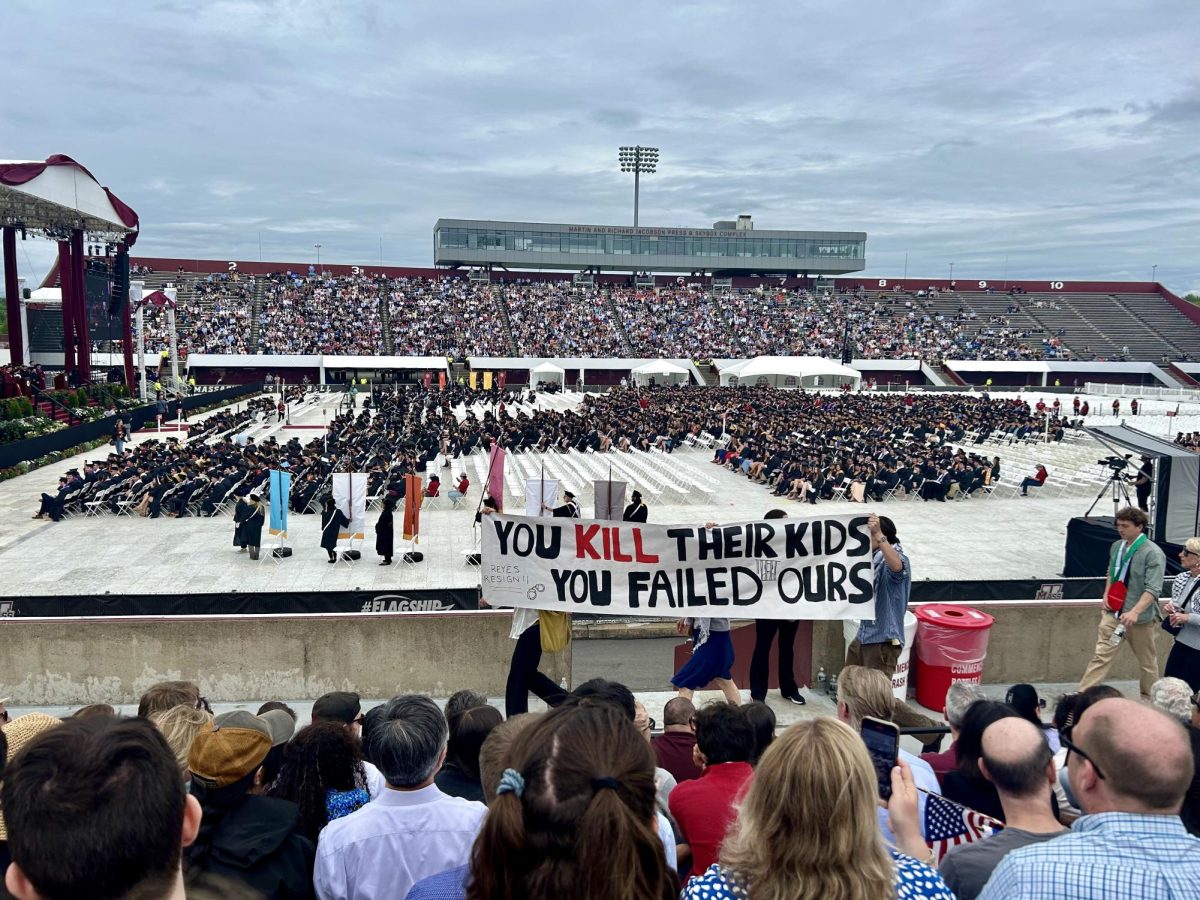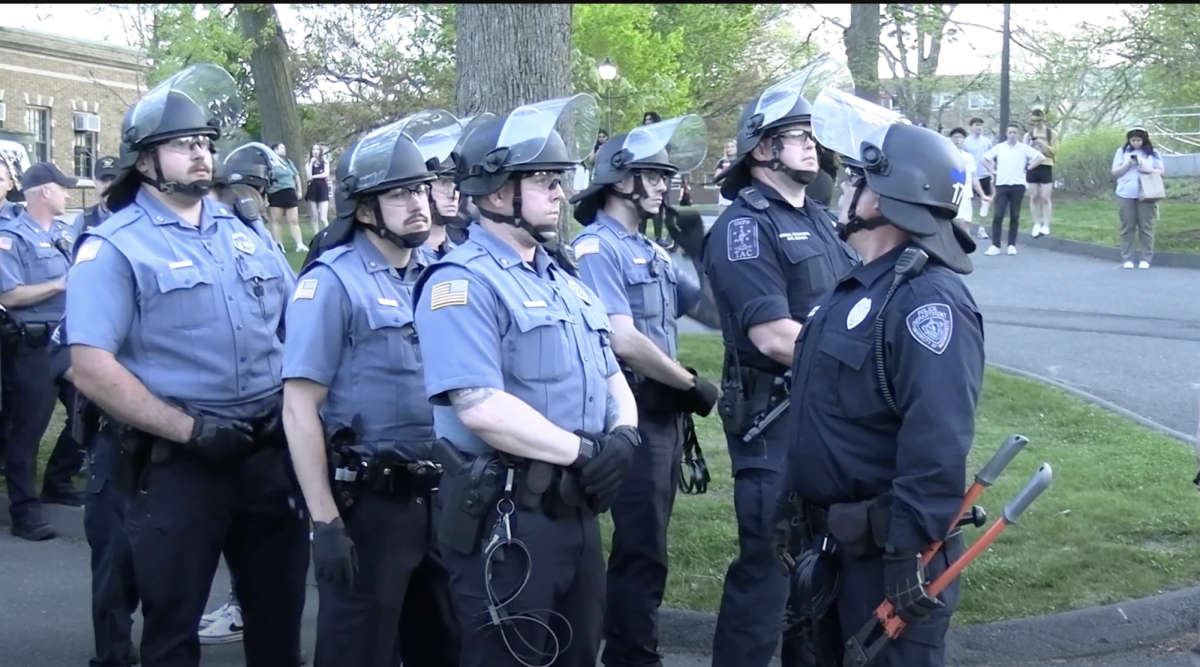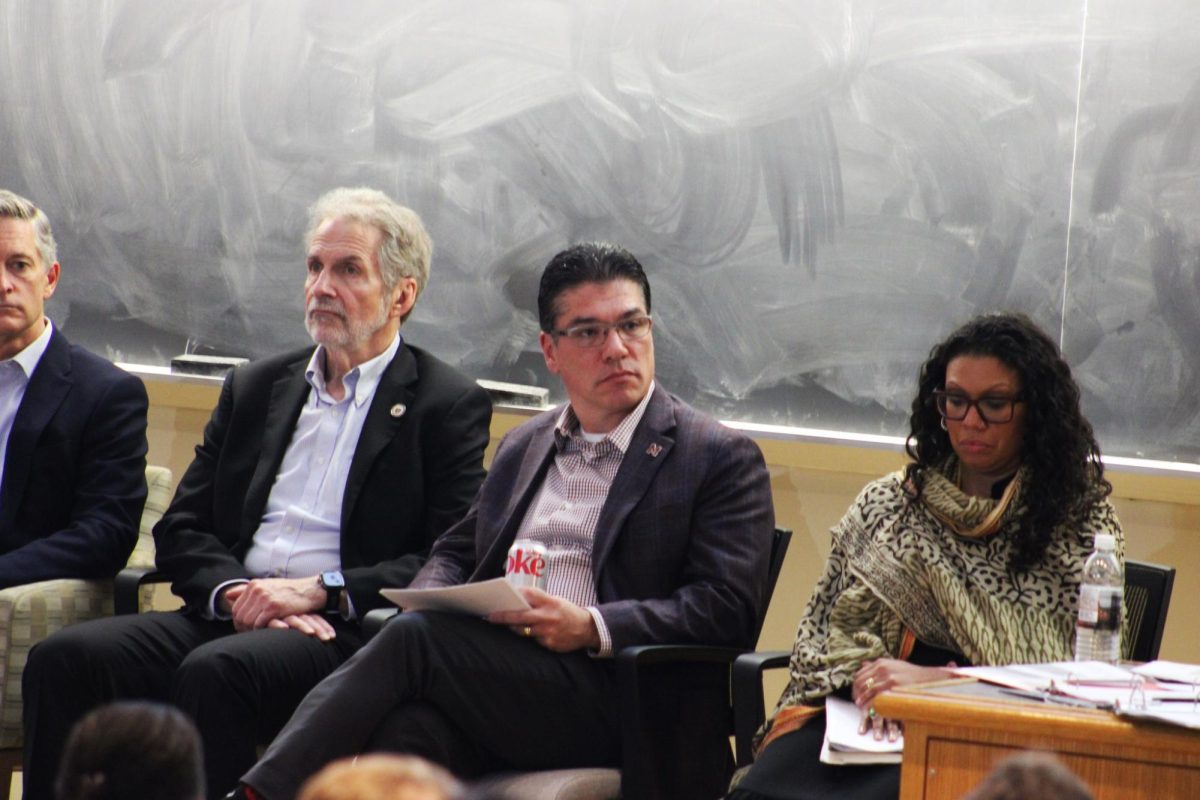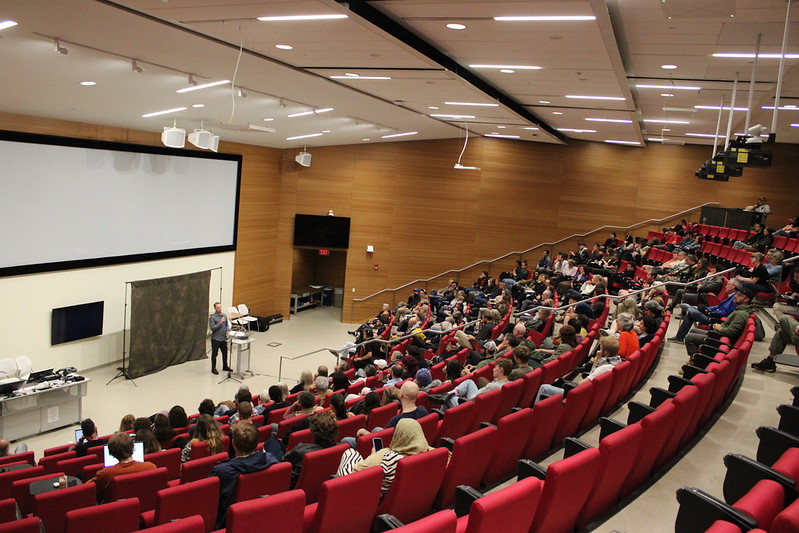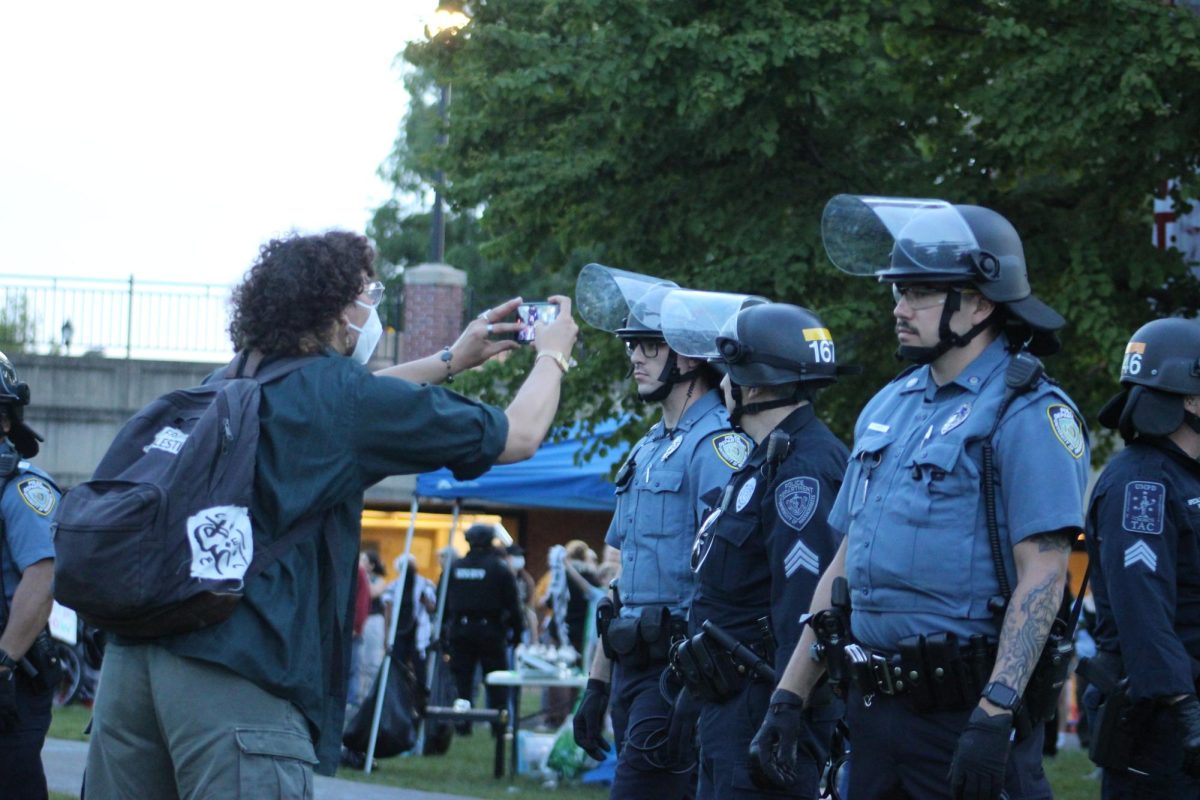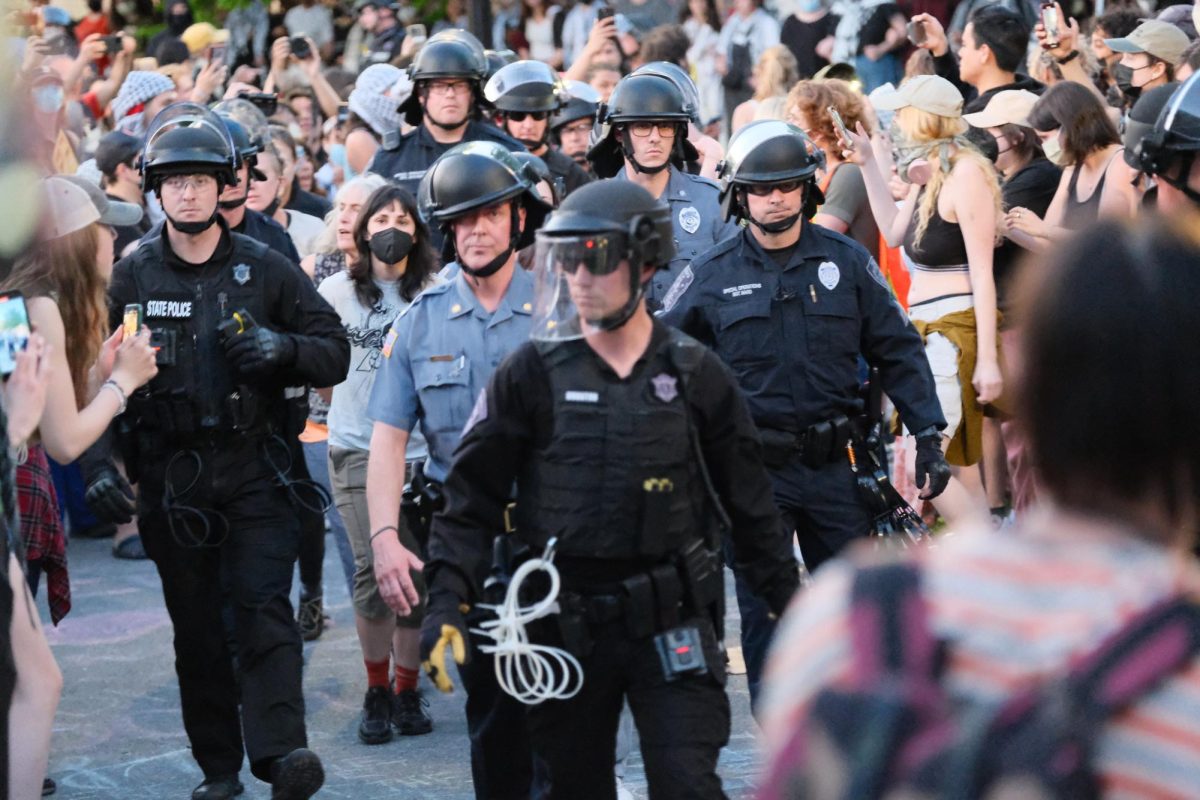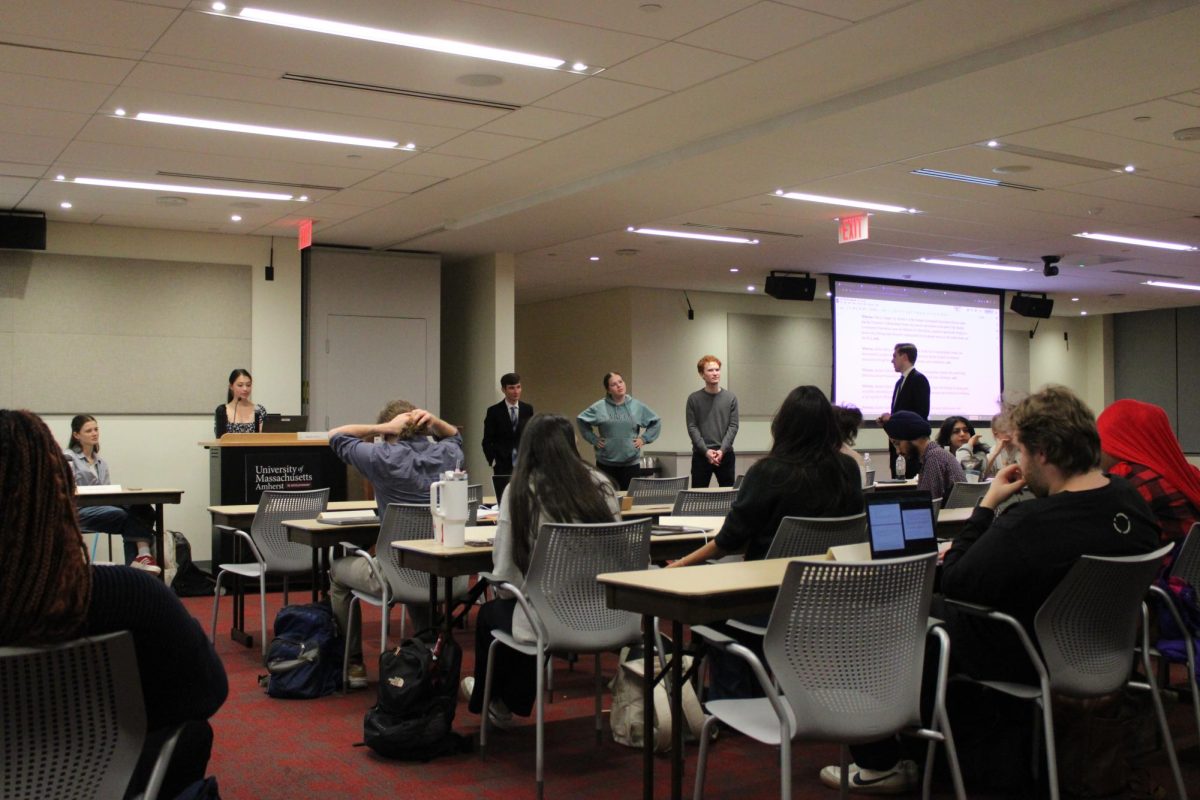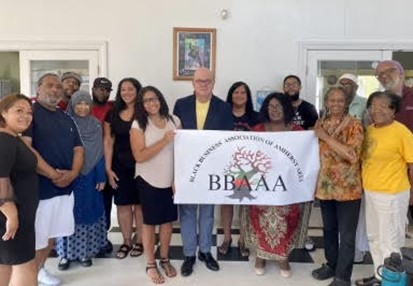On an early Saturday morning, a small group of students and faculty members from the University of Massachusetts visited Florence, Massachusetts to tour several Black historical landmarks of the early days of American slavery.
Hosted by the Malcolm X Cultural Center, the tour was designed to explore the history around captive Africans who resided in western Massachusetts. Leading the tour was Dr. Steve Trimer, director of the David Ruggles Center in Northampton.
According to Trimer, Ruggles was a famous abolitionist who helped over 600 captive Africans escape to freedom in New York City, including Fredrick Douglass. Wanting to rest due to the decline of his health, Ruggles came to the “utopian” community of Florence which was founded by “radical Garrisonian abolitionists,” Trimer explained.
Florence and the history of captive Africans
After staying in Florence, Ruggles met famous abolitionist Sojourner Truth who came to the small town after leaving New York and walking up the Connecticut River by herself. Ruggles soon decided to organize a Northampton town hall where Truth would deliver her first anti-slavery speech in 1844.
A year later, Truth began her career as an abolitionist, beginning in May where she spoke at the American Anti-Slavery Convention in Maryland, all the while staying a somewhat “shaman figure” in the abolitionist community.
“People didn’t know how to deal with her – she couldn’t read or write,” said Trimer. “But she had the knack to summing up any particular argument in a few words.”
In addition to Truth coming to Florence, a young Douglass stopped by to meet Ruggles to rekindle the relationship they built during their time in New York City together. During his time in Florence, Douglass had lost faith in the “Garrisonian method” of abolitionism, which called for the freedom of captive Africans through moral persuasion.
Douglass believed that it would take “arms and blood” to free captive Africans. During a speech he delivered in Ohio in 1847 where Douglass was preaching his militant ideology, Truth interrupted him from the audience asking, “Frederick, is God dead?”
“That’s all she said,” said Trimer. “Meaning of course, ‘Are we going to give up all of our ideals now to become violent and not follow our Christian ideals?’”
The question silenced not only Douglass but the entire audience.
The Fugitive Slave Law
Moving forward, Trimer challenged the tour group to try to figure out how the town of Florence became 10 percent African American by 1850, a strange statistic considering the fact that 1850 was the same year that the Fugitive Slave Law was passed. This act stated that freed captive Africans could be re-captured and brought back to slave territories in the United States.
In comparison, other Massachusetts cities had lower African American populations: The city of New Bedford was only seven percent African American at the time, Springfield was roughly three to four percent and all of Northampton was only around one percent.
“The impact of the 1850 Fugitive Slave Act also made northerners like people in Massachusetts complicit in this thing of returning slaves,” said DeRoy Gordon, a member of the Malcolm X Cultural Center. “And that’s one of the reasons why we see them objecting to this law as well. A sheriff or a magistrate could walk up to you and say, ‘You are a slave.’”
Gordon then furthered the point that if one were to object in returning captive Africans to slave territory, then they could be arrested as well.
According to Gordon and Trimer, magistrates and sheriffs were paid $5 if a captive African was arrested and $10 if there was a conviction.
In the midst of the Law were 10 former captive Africans who called Northampton to meet to resist the Fugitive Slave Law. Trimer read one of the captive African’s speeches during the historical meeting.
“For our orderly peaceful and quiet behavior in our adopted state, we fearlessly challenge investigation. By our industry and sobriety, we have many of us have accumulated property and under the free fostering and liberal policy of this noble commonwealth have become citizens in eligible to any office in the gift of the people. The enactment of this cruel and unrighteous law has thrown us in a state of alarm and consternation for fear we might be torn from our family and friends, and again doom to a trinary far worse than death.”
Several resolutions to stop the Fugitive Slave Law were enacted after the meeting. Additionally, a “Besenitte radical Garrisonian abolitionist” named Joseph Wilson took the time to condemn the role of the clergy who had maintained slave power in downtown Northampton on Oct. 23, 1850. The next day, Wilson sold his home.
In terms of the overall effect, surprisingly only seven or eight captive Africans in Massachusetts were returned to slave territories, according to the book, “The Slave Catchers: Enforcement of the Fugitive Slave Law, 1850-1860.”
The Dorsey family
Taking the tour to the streets of Florence, Trimer led the group to 202 Nonotuck St. where former captive African Basil Dorsey bought the lot of land for only $25 in the 1840s.
Prior to buying the land, Dorsey was a captive African who was promised his freedom after his “owner” had died. However, when this promise was broken, Dorsey escaped the plantation with his three brothers Charles, Thomas and William.
Unfortunately, the four were captured in Doylestown where Dorsey was put on trial but, because the prosecutor could not prove to his satisfaction that slavery was the law of the land in Maryland, Dorsey got off on a technicality.
One of the people who was able to help Dorsey while he was held on trial was Robert Purvis, a wealthy African American abolitionist, who paid for lawyers to defend Dorsey and his family.
From there, the Dorsey’s were taken to live in Florence where they built their own house in Bensenville Village Lots.
The voice of the fugitive
During a search of the Underground Railroad at the Wilbur Siebert Collection, Timer claims he found an article published by “The Voice of the Fugitive,” a popular Black newspaper in Canada.
Ezikel C. Cooper, a correspondent of the paper, wrote on his experiences being an escaped captive African who fled to Canada for his freedom.
“To know that these folks had these big lives up here, Ezikel Cooper ended up having a huge life in Buxton County,” said Trimer.
Alvin Buyinza can be reached at [email protected] and followed on Twitter at @abuyinza_news.











